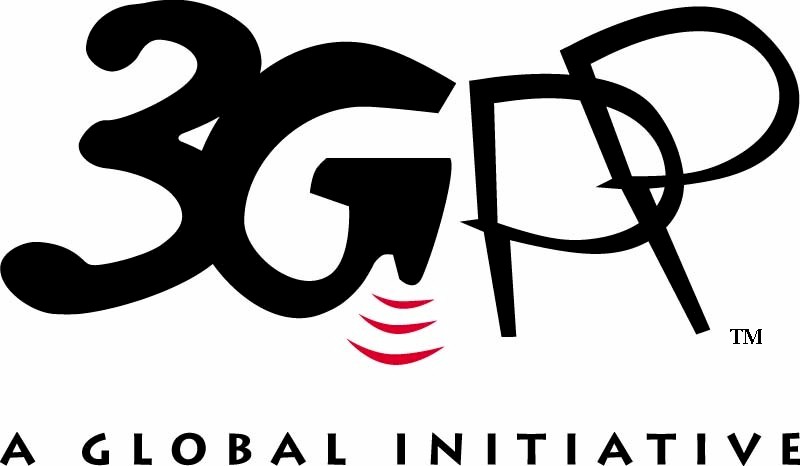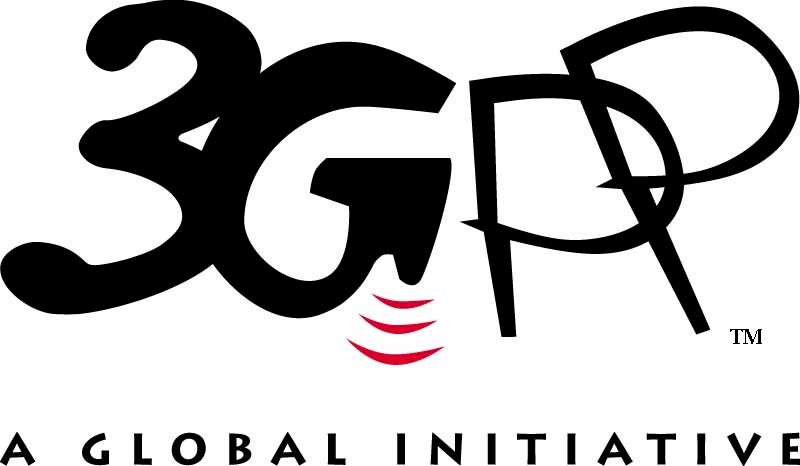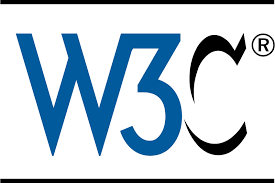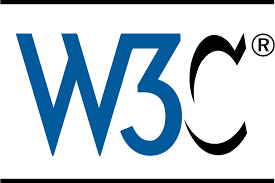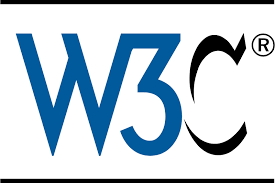AFI WG is the leading Standardization Group on Autonomic Management & Control (AMC) of Networks and Services, including Autonomic Networking, Cognitive Networking and Self-Management. Its mandate is to carry out the various Tasks and Activities described below:
- Develop use cases and requirements for automated & autonomic (self-) management of networks and services;
- Develop test frameworks and test specifications for autonomic network architectures (Self-Adaptive Networks);
- Draft test specifications for Scenarios, Use Cases and Requirements for automated & autonomic (self-) management of networks and services;
- Drive a 5G PoC Program/Project on GANA Autonomics in 5G Network Slices Creation, Autonomic & Cognitive Management & E2E Orchestration; with Closed-Loop (Autonomic) Service Assurance of IoT 5G Slices;
Maintenance and evolution of existing ETSI standards on network and service management, including NGN management (ETSI 188 series: https://www.etsi.org/deliver/etsi_ts/188000_188099/ ); and Maintenance of existing ETSI Standards linked to AFI activities:
- ETSI TS 103 194 on Scenarios, Use Cases and Requirements for Autonomic/Self-Managing Future Internet;
- ETSI TS 103 195-1,
- ETSI TS 103 195-2,
- ETSI TS 103 195-3
GANA Model and its instantiations onto various types of network architectures and their associated management and control architectures:
- ETSI TR 103 473 on GANA autonomics in BBF Architectures;
- ETSI TR 103 404 on GANA autonomics in 3GPP Backhaul & Core Network Architectures;
- ETSI TR 103 495 on GANA autonomics in Wireless Ad-hoc/Mesh Network Architectures;
ETSI White Paper no. 16: The Generic Autonomic Networking Architecture Reference Model for Autonomic Networking, Cognitive Networking and Self-Management of Networks and Services: http://www.etsi.org/images/files/ETSIWhitePapers/etsi_wp16_gana_Ed1_20161011.pdf
ETSI TC INT AFI WG
